Machu Picchu, Peru
Visit Machu Picchu, the legendary city in the clouds in Peru’s Andes mountains that is both a UNESCO world heritage site and one of the New Seven Wonders of the World. Surrounded by spectacular scenery and steeped in history, the ancient Incan citadel offers an exciting expedition into the past. In this guide you’ll find all the information you need to navigate a trip to Machu Picchu, from when to go and what to expect on arrival.
History and Significance
Built in the mid-15th century by the Inca emperor Pachacuti, the Machu Picchu site was used as a royal estate and religious sanctuary. Abandoned in the wake of the Spanish Conquest, Machu Picchu lay untouched and undiscovered until 1911, re-emerging in the popular imagination when the adventurer Hiram Bingham stumbled upon it. Today, the site stands as one of the greatest archaeological wonders of our planet: an astonishing testament to the Incan people’s remarkable achievements in construction and their deep connection to the natural world. Machu Picchu is a place of stones, and these stones are history. They tell the story of a civilisation that lived in these highlands.
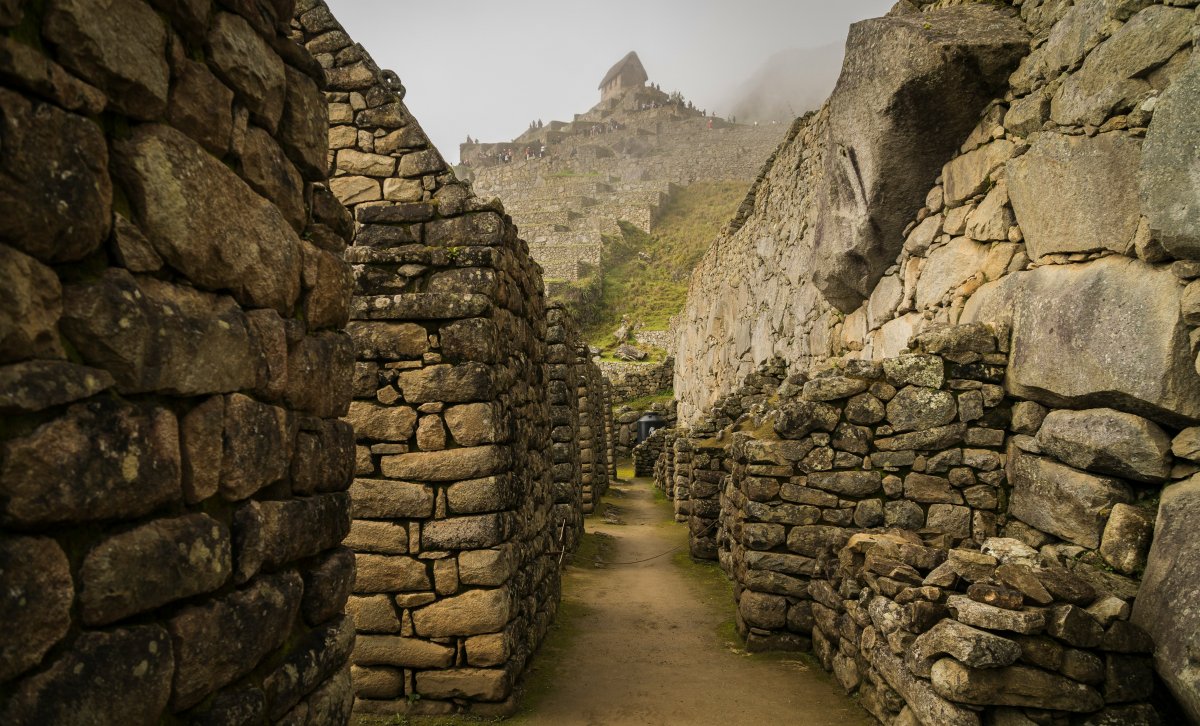
Planning Your Visit to Machu Picchu
Best Time to Visit
With its temperate climate, Machu Picchu is best visited during the dry season from April to October, when the weather is more stable and the skies are clearer than during the rainy season from November to March. While June through August are the busiest months with the best chance of dry weather, visiting the site during the adjacent months of April, May, September or October is a great compromise between good weather and smaller crowds. The rainy season from November to March sees fewer visitors and lusher landscapes, though pack your raingear and prepare for slippery trails. No matter the season, an early morning visit is a good idea to avoid the crowds and catch the sunrise over the ancient ruins.
Getting There
Reaching Machu Picchu involves several steps, offering a blend of scenic travel and adventure. Most travellers start their journey by flying into Alejandro Velasco Astete International Airport in Cusco, the closest major city. From Cusco, you can take a train to Aguas Calientes (‘Hot Waters’), the gateway town to Machu Picchu, with services provided by PeruRail and Inca Rail that offer routes through the stunning Sacred Valley. Alternatively, adventurous travellers might choose to hike the famous Inca Trail, which requires booking a guide and permits well in advance due to high demand and limited availability. Once in Aguas Calientes, visitors can take a short, steep bus ride up to Machu Picchu itself, which winds up the mountain offering early glimpses of the lush surroundings and ancient structures that await at the top.
Tickets
Due to restrictions on visitor numbers to preserve the integrity of the site, tickets have to be purchased well in advance. Tickets are not sold at the entrance, but can be bought online or from authorised vendors in Cusco or Aguas Calientes. There are multiple ticket options available, including those that allow access only to Machu Picchu, and others that provide access to additional hikes up nearby mountains for a different view of the ruins: Huayna Picchu and Machu Picchu Mountain. The latter are limited in number and highly sought after, so we strongly recommend booking well in advance, especially if you are visiting in the high tourist season (between May and September). Please remember to bring your valid passport with you on the day of your visit, as it is required along with your ticket for entry.
Machu Picchu: What to See and Do
Iconic Structures
Machu Picchu’s central ruins are divided into the urban and agricultural sectors, with several iconic structures and hikes that are must-sees for any visitor:
Temple of the Sun:
One of the most visually striking structures at Machu Picchu, the Temple of the Sun served as an observatory for astronomical study and a location for religious rites. Its half-circular structure is precisely aligned with the solstices — a testament to the sophistication of Inca astronomy.
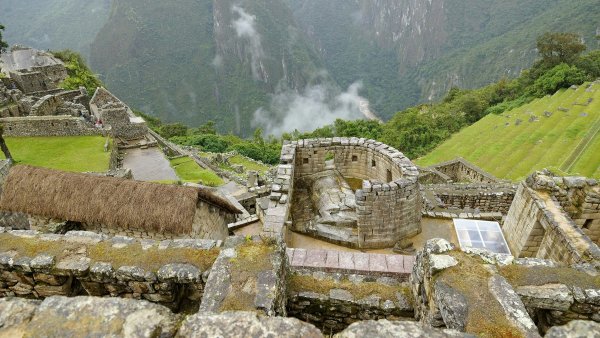
Intihuatana Stone:
This ritual stone is one of the many mystery-laden features of Machu Picchu. ‘Intihuatana’ translates to ‘hitching post of the sun’, and it is thought to have served as a calendar or astronomic clock for the Incas, positioned to align precisely with the Sun during solstices.
McKay Savage from London, UK, CC BY 2.0 <https://creativecommons.org/licenses/by/2.0>, via Wikimedia Commons
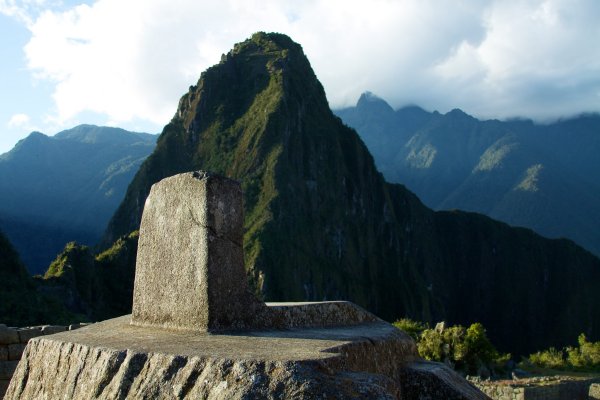
Room of Three Windows:
The row of trapezoidal windows in this room, located in the sacred sector of Machu Picchu, look out over the plaza. The windows were likely aligned with the mountain peaks and oriented according to observed cosmological cycles, marking the passage of the sun on the horizon.
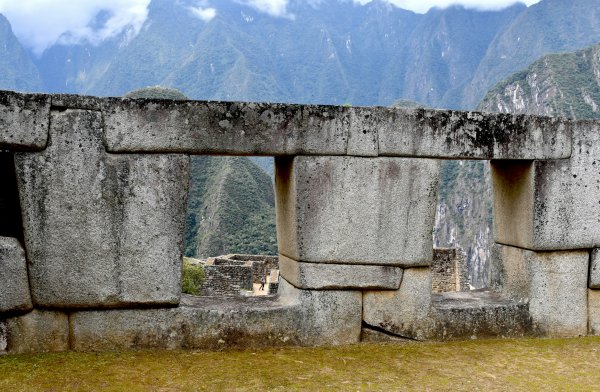
Hiking Adventures
- The Inca Trail: This four-day trek is one of the most famous hikes in the world, culminating in a breathtaking view of Machu Picchu from the Sun Gate at sunrise. The trail takes you through a variety of ecosystems, from cloud forests to alpine tundra, along with passing several smaller Incan ruins.
- Huayna Picchu: For those looking for a shorter yet challenging hike, Huayna Picchu is ideal. It rises over Machu Picchu and offers a dramatic look down at the ruins from above. The climb is steep and can be slippery, but it rewards hikers with unparalleled views of the entire site and beyond.
Machu Picchu: Travel Hints and Tips
Things to Consider
When planning a trip to Machu Picchu, it is important to consider the altitude and varied climate of the region. Cusco is typically the starting point for trips to Machu Picchu, and it sits at more than 11,000 feet above sea level. An increased incidence of altitude sickness can be observed in those who travel to high altitudes without a period of time to acclimatise. Minimise your risk by allowing yourself at least a few days to spend in Cusco before ascending to Machu Picchu. Keep hydrated, avoid alcohol and heavy meals, and drink coca tea, a local cure for the symptoms of altitude. Pack for variable weather as the conditions at Machu Picchu can change in a matter of hours. You may start your day chilly and wrapped up in fog, but by mid-morning, the sun will shine, and it may get warm before turning rainy by the afternoon. You’ll want to layer your clothing, carry a waterproof jacket, and wear good hiking shoes.
Also, be prepared that you are only allowed to bring a very small backpack on-site. So make sure to include the essentials (water, snacks, sunscreen, camera, etc), durable and comfortable footwear and, although it might not initially strike you, long pants are highly recommended as the trail is overgrown in certain parts. The best time for photography is early morning, when the sun is low and the mystical appeal of the ruins is enhanced by the soft morning light. If you want to catch the spectacular sunrise over the Andes, you should arrive as early as possible.
Guided Tours vs. Independent Travel
Whether you choose to take a guided tour or make the journey to Machu Picchu independently can have a profound impact on your experience. A guided tour gives you a complete package, including a detailed history of the Inca City and the surrounding area, as well as taking care of all the logistics, such as transport to the site, entrance tickets and sometimes providing meals. Alpaca Expeditions is renowned for its socially responsible tours and exceptional service, and more information can be found on their website Alpaca Expeditions. Llama Path, similarly, has built a reputation for sustainable tourism practices and in-depth knowledge of Incan history, accessible via Llama Path Tours.
Though guided tours ensure you won’t miss any historical or cultural insights and do everything for you, the freedom to explore independently might be more appealing to those who want to see things at their own pace. Independent travellers can still include a local guide for particular segments of their trip, such as on the Inca Trail where a guide is mandatory. Both options can offer unique benefits, and your choice will come down to how you would like to experience the site at Machu Picchu.
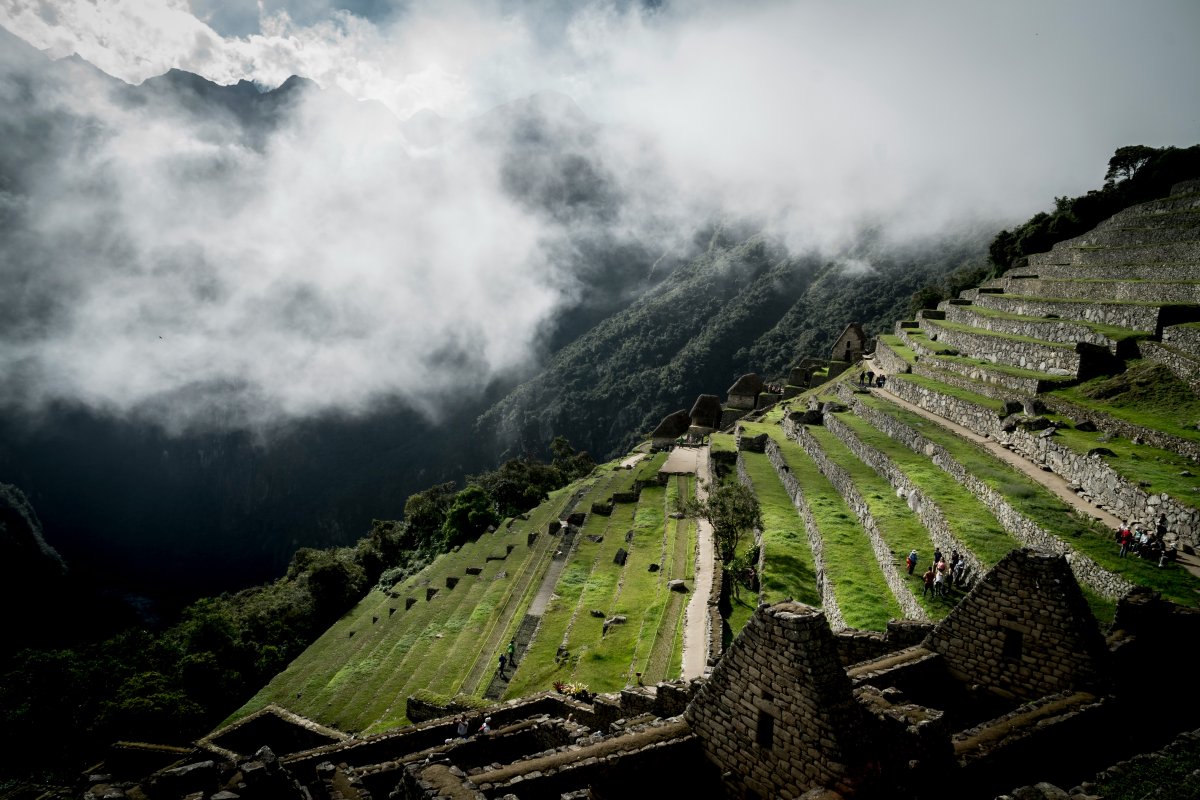
Where to Stay
When planning your visit to Machu Picchu, choosing the right accommodation in Aguas Calientes, the nearest town to the ruins, is crucial. For budget-conscious travellers, Supertramp Hostel offers a vibrant and friendly atmosphere, perfect for backpackers looking to meet fellow travellers. It provides comfortable dormitory beds and private rooms, with easy access to bus routes heading to Machu Picchu. Those looking for mid-range options might consider Casa Andina Standard Machu Picchu, which offers modern amenities and splendid views of the river. For a more luxurious stay, SUMAQ Machu Picchu Hotel presents upscale accommodations with exceptional service and a focus on Peruvian cuisine.
In Cusco, the historical capital of the Inca Empire, accommodation options cater to all preferences. The Loki Hostel is a great choice for budget travellers, known for its lively environment and central location. For a comfortable mid-range stay, Tierra Viva Cusco Centro provides a tranquil retreat with modern Peruvian décor and a warm atmosphere. At the luxury end, Palacio del Inka, A Luxury Collection Hotel, offers a regal experience with its richly decorated rooms and historical significance, located right in the heart of the city. Each of these options in Cusco and Aguas Calientes provides distinct experiences tailored to different travel needs and budgets, ensuring your stay is as comfortable as it is memorable.
Photography Tips
To capture the etheral beauty of Machu Picchu in a photograph takes some thought. If you arrive in the early morning, the diffused light of sunrise softens the harsh contrasts, paints the old stone walls with golden light and makes the crowds more bearable. A polarising filter will remove glare, enhancing the rich, lush colours of the surrounding landscape, while a wide-angle lens will take in as much of the site as possible. It might seem like a cliché, but including the intricate terraces or the impressive mountain backdrop in your photographs will help to create depth in the scene. Try to use the rule of thirds and, when you’re taking your photographs, try to be as inconspicuous as possible. Remember, as we said at the beginning, Machu Picchu is a sacred place – respect the rules, avoid using the flash and keep off restricted areas to ensure both safety and preservation.
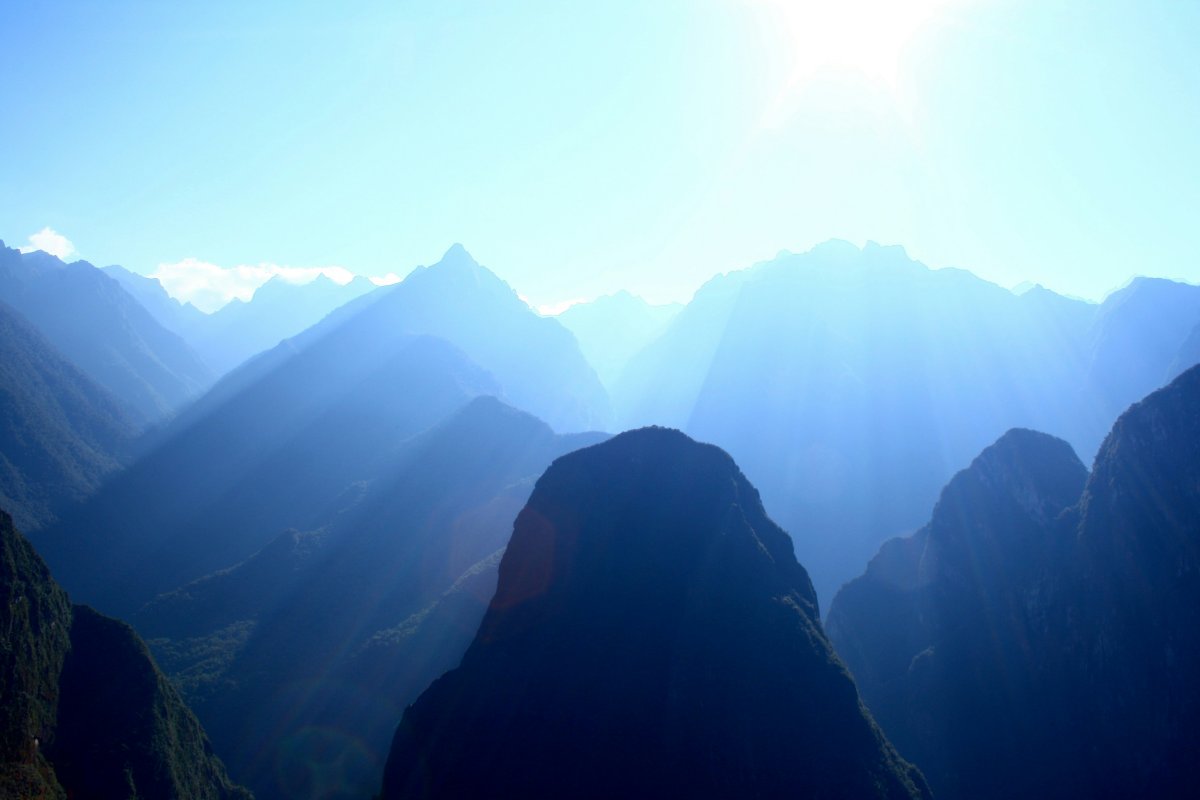
Safety and Etiquette
There’s a lot to love about Machu Picchu and there are practices that you can follow to take care of yourself and the site during your visit. Stay on marked paths and follow all the signage to avoid accidentally damaging the ruins and to reduce your risk of injury. The terrain is uneven, and can be very slippery after rain, so wear sturdy, non-slip shoes and be careful at all times. Respect the rules and regulations of the site, which include not climbing the structures, not using a tripod without a permit, and not entering closed areas. Also, practice respectful behaviour, such as keeping noise to a minimum and putting your trash in designated receptacles; this way, you can help keep the site clean and orderly. All these measures can help preserve Machu Picchu and keep it a safe and respectful place for everyone to enjoy.
Local Culture and Customs
Immersing yourself in the local culture and customs is a key part of any visit to Machu Picchu and the surrounding regions. Cusco is a city steeped in Andean tradition with many opportunities to engage in experiences with local customs. Try the regional cuisine with authentic offerings like cuy (guinea pig) or alpaca steak, along with a pachamanca, which is a cooking method that involves food being baked in a pit under heated stones. Wander around local markets where you can find handmade textiles, pottery or silver jewellery from local artisans that are produced with techniques that have been around for centuries. If there is opportunity, enjoy a local festival such as the Inti Raymi, the Festival of the Sun, featuring parades, music and dancing that celebrate the descendants of the Inca people. Respecting local traditions, dressing modestly, and engaging respectfully with community members will enrich your travel experience, but also contributes to the sustainability of the unique cultural identity of the Machu Picchu area.
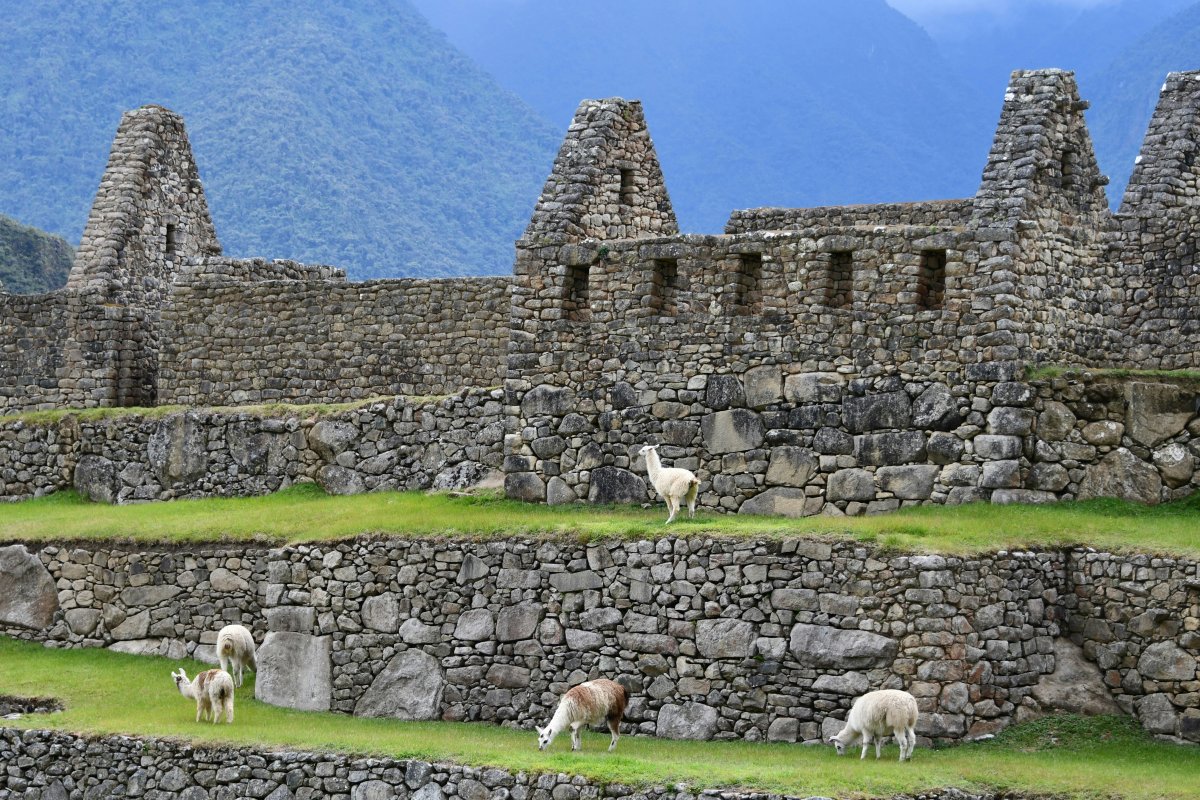
Conclusion: Embrace the Magic of Machu Picchu
Before departing Machu Picchu, take a few moments to reflect on your journey through the ancient Incan fortress, juxtaposed against the backdrop of towering Andean mountains: a living testament to Incan genius, a gateway to a past civilisation, and a series of puzzles that still tantalise our intellect and stir our imaginations. As you depart, carry with you not only the photographs and memories of Incan stonework and Andean peaks, but also an enhanced understanding of the cultural landscape that shaped the past inhabitants of this site, and an appreciation for the spirit of its people that endures today. Let the magic of Machu Picchu serve as a reminder to travel respectfully, with curiosity and an open heart, wherever your journey takes you next.

